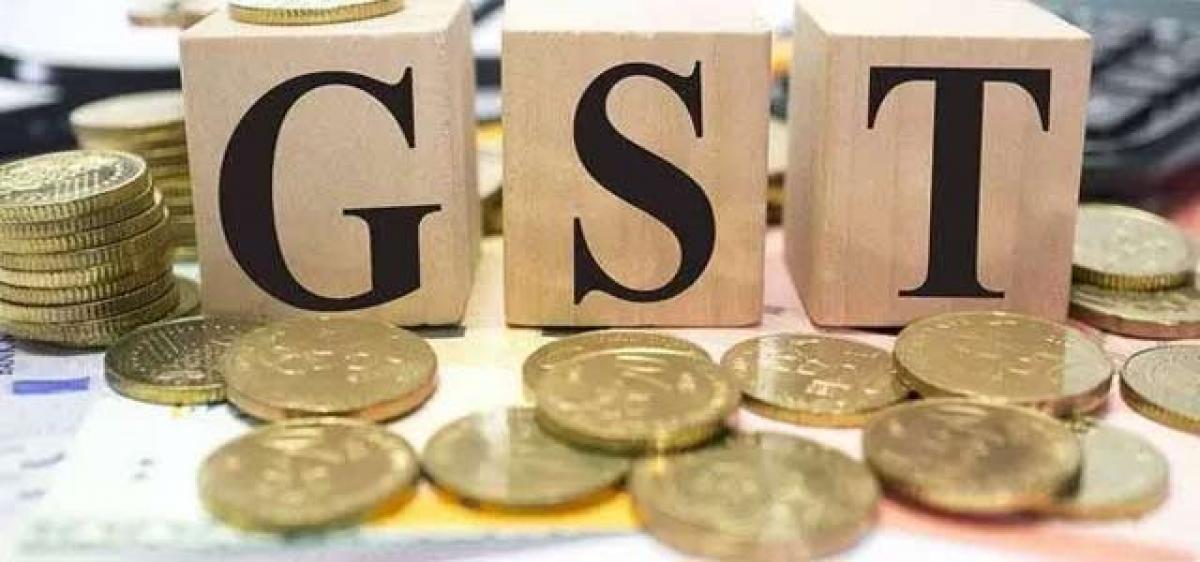Taxing consensus

A major hurdle for the rollout of Goods and Service Tax (GST) has been cleared as the centre and states reached a consensus on a four-tier tax structure with the lowest tax rate pegged at 5 per cent and the highest at 28 per cent. There are two more standard rates in between: 12 per cent and 18 per cent.
A major hurdle for the rollout of Goods and Service Tax (GST) has been cleared as the centre and states reached a consensus on a four-tier tax structure with the lowest tax rate pegged at 5 per cent and the highest at 28 per cent. There are two more standard rates in between: 12 per cent and 18 per cent.
A good thing, though, is that essential goods, including food items, are exempted from the tax net. This measure will not only provide a big relief to the poor, but also keep inflationary pressures under check as food items constitute nearly 50 per cent of the products, based on whose prices consumer inflation is calculated.
Final contours of the tax structure and which products go into which tax bracket are yet to be worked out, but, broadly, common use items will attract 5 per cent rate while those products which are currently being taxed around 30 per cent will be levied with the highest slab rate of 28 per cent.
Many expected the central government to do away with the system of levying cesses post GST, but as Finance Minister Arun Jaitley announced at the end of the first day of the two-day GST Council meeting on Thursday, products like luxury cars, tobacco items and aerated drinks will attract an additional cess over and above the highest tax rate.
There is no clarity yet on the quantum of this cess, but the move will obviously dampen the spirits of automakers who are waiting for a better deal in the GST regime, which is now mostly likely to kick off from April 1, 2017. Tobacco sector will also feel the pinch as signals emanating from the corridors of power indicate that the extra cess will take tax burden on certain products to as high as 40 per cent under the GST.
However, there is a sunny side to this ‘cess’ pain. It is unlikely to last forever as the central government wants to use this cess and also clean energy cess to generate funds for compensating those states which will lose revenues on account of the GST implementation.
The deal between the centre and the states is that the compensation will continue for five years. So, the cess will obviously be levied for that many years only.
The key take-away from the way the tax rate structure has been finalised is that the states are not ready to blindly accept whatever the central government puts forth. At the last GST Council meeting, the Centre had proposed a four-tier structure of 6, 12, 18 and 26 per cent and many expected the Council to ratify them.
Going by the final rates, we can easily assume that the states have succeeded in forcing the centre to deviate from its original proposal.
However, key products like petrol and liquor, which account for a large chunk of revenues for the states, are still out of the GST purview.
Also, the Council has failed to reach an agreement on the rate to be levied on gold. The council has to iron out all these contentious issues to fully implement the one-nation one-tax concept envisaged under the GST.




















